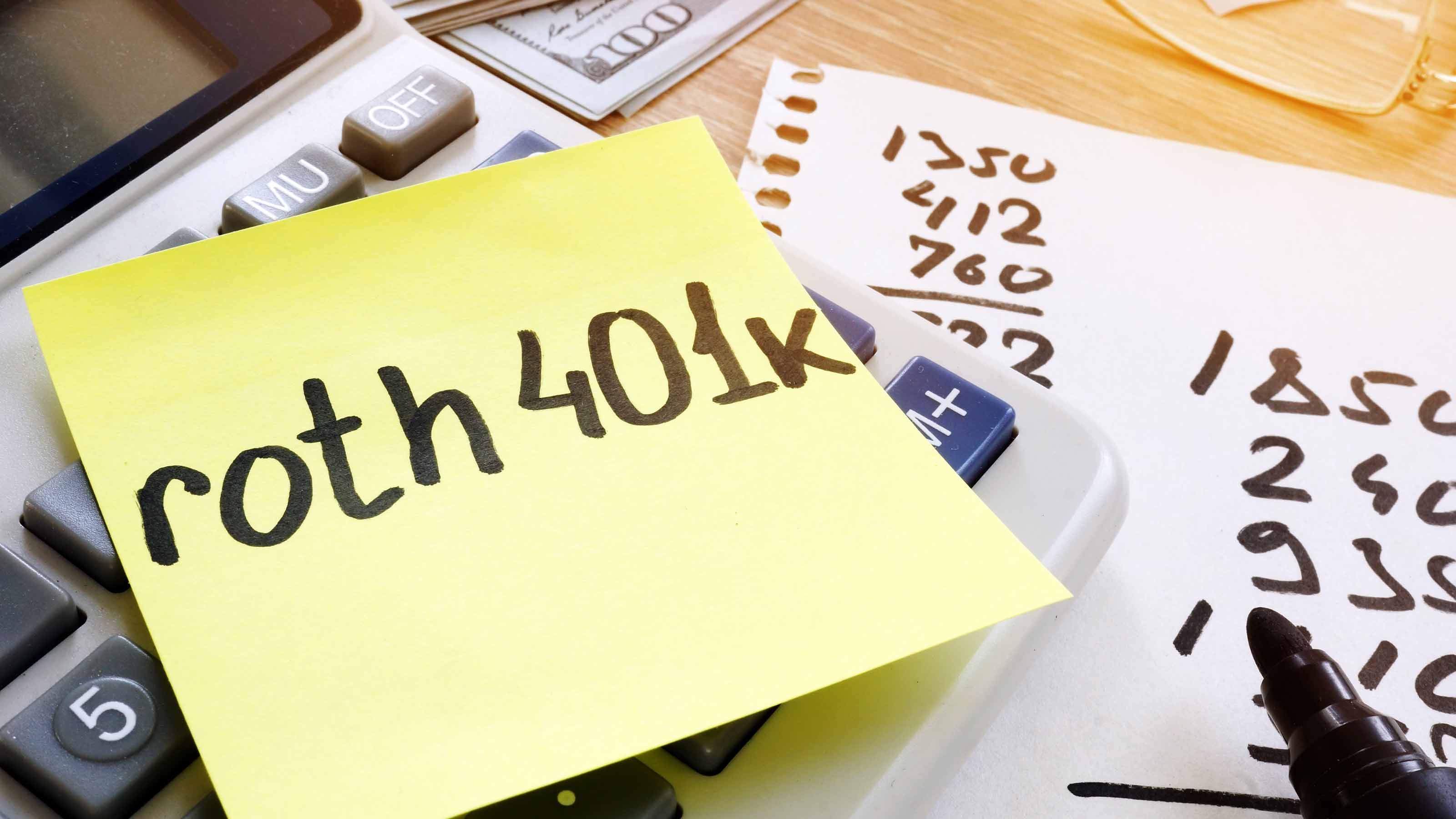6 Steps to Cutting Your Taxes When You Start Taking RMDs
The first boomers turn 70 1/2 in July. Don’t give the IRS too much reason to celebrate.


You probably haven’t marked your half birthday since preschool, but Uncle Sam is gleefully rubbing his hands together as the leading edge of baby boomers starts turning 70½ in July. Why? The IRS doesn’t want you to delay paying taxes on your retirement savings forever. At 70½, you must get serious about your strategy for taking required minimum distributions from your tax-deferred retirement savings and paying taxes on the proceeds.
1. Learn the rules for your first RMD. You are required to start taking RMDs from your traditional IRAs (but not Roth IRAs) and other retirement accounts after you reach age 70½. If you were born between January 1 and June 30, 1946, you must decide whether to take your first RMD this year or take advantage of a one-time-only option to delay your first withdrawal until April 1 of next year. From then on, you must take withdrawals by December 31 every year, including taking your second withdrawal at age 71 by the end of 2017. If you were born between July 1 and December 31, 1946, you can wait until next year to take your first RMD (or postpone it into 2018).
Note that taking two RMDs in one year could boost some of your income into a higher tax bracket. That could affect the amount of your Social Security benefits that is taxable or trigger higher Medicare premiums.
From just $107.88 $24.99 for Kiplinger Personal Finance
Become a smarter, better informed investor. Subscribe from just $107.88 $24.99, plus get up to 4 Special Issues

Sign up for Kiplinger’s Free Newsletters
Profit and prosper with the best of expert advice on investing, taxes, retirement, personal finance and more - straight to your e-mail.
Profit and prosper with the best of expert advice - straight to your e-mail.
2. Calculate your RMDs. Your minimum payout is based on the balance in each account at the end of the previous year and a life-expectancy factor determined by the IRS. You must calculate the amount separately for each traditional IRA, as well as for any Simplified Employee Pension accounts (SEP-IRAs) and Simple IRAs. For 2016, use the account balance on December 31, 2015, then divide it by the life-expectancy number for age 70 in IRS Publication 590-B (or use Kiplinger's RMD calculator). Most people use Table III, with a divisor of 27.4 for age 70, but you’ll use a different table if your sole beneficiary is a spouse who is more than 10 years younger than you.
Add up the required minimums for each of your IRAs. You can take all of the money from one or more of your traditional IRAs, SEPs or Simple IRAs. If you don’t take the required withdrawal by the deadline, you face a penalty of 50% of the amount you should have withdrawn.
IRA sponsors usually withhold 10% of your payout as taxes to be sent to the IRS. But if you want to block withholding or have more than 10% withheld, tell your IRA sponsor when you request the distribution.
3. Don’t forget your 401(k)s. If you’re still working at age 70½, you don’t have to take RMDs from your current employer’s 401(k) plan until you leave the job (unless you own 5% or more of the company). Also, you must calculate your RMD for each 401(k) you have and take the required amount separately from each account; you can’t aggregate withdrawals as you can with IRAs.
You don’t have to take RMDs from Roth IRAs, but you do need to take them from Roth 401(k)s. The withdrawals are not taxable, but you still must spread them over your life expectancy. You can avoid these RMDs by rolling Roth 401(k) money into a Roth IRA before the year you turn 70½.
4. Reduce taxes by giving your RMD to charity. Once you’re subject to RMDs at 70½, you can also give as much as $100,000 from your IRA to a charity tax-free each year. The amount counts as your RMD without boosting your adjusted gross income. That can be a boon if you don’t itemize and can’t deduct charitable contributions. Plus, keeping the money out of your adjusted gross income could help you avoid the Medicare high-income surcharge or make less of your Social Security benefits taxable. Ask the charity and your IRA administrator for the procedures.
5. Reduce your RMDs with a QLAC. You can invest up to 25% of your IRA or 401(k) balance (up to $125,000) in a special annuity called a qualified longevity annuity contract (QLAC). Money in a QLAC is ignored for RMD purposes. A QLAC is a deferred-income annuity that begins payouts many years after your investment. For example, a 70-year-old man who invests $125,000 in a New York Life QLAC will get about $23,558 per year starting at age 80, or $46,111 per year if payouts start at age 85 (payouts are smaller if your heirs receive a death benefit). That will reduce his RMD at age 71 by more than $4,700.
6. Stop contributing to your traditional IRA. The law bars traditional IRA contributions starting in the year you reach 70½. If your 70th birthday falls before July 1, you can’t contribute for 2016; if it’s in the latter half of the year, this is your last chance. But you may be able to contribute to a Roth IRA, which has no age cutoff. To qualify, you or your spouse must have earned income from a job, and your income in 2016 must be less than $132,000 if you’re single or $194,000 if married filing taxes jointly.
Profit and prosper with the best of Kiplinger's advice on investing, taxes, retirement, personal finance and much more. Delivered daily. Enter your email in the box and click Sign Me Up.

As the "Ask Kim" columnist for Kiplinger's Personal Finance, Lankford receives hundreds of personal finance questions from readers every month. She is the author of Rescue Your Financial Life (McGraw-Hill, 2003), The Insurance Maze: How You Can Save Money on Insurance -- and Still Get the Coverage You Need (Kaplan, 2006), Kiplinger's Ask Kim for Money Smart Solutions (Kaplan, 2007) and The Kiplinger/BBB Personal Finance Guide for Military Families. She is frequently featured as a financial expert on television and radio, including NBC's Today Show, CNN, CNBC and National Public Radio.
-
 Holiday Tax Scams: 'Tis the Season to be Wary
Holiday Tax Scams: 'Tis the Season to be WaryTax Scams Navigating tax tricks of the holiday season may be daunting, but don't let that destroy your festive spirit
-
 Metro by T-Mobile Is Giving Away This Samsung Galaxy A16: Which Plans Are Eligible?
Metro by T-Mobile Is Giving Away This Samsung Galaxy A16: Which Plans Are Eligible?Metro by T-Mobile is offering free Samsung Galaxy A16 phones on eligible plans right now. Here’s how the deal works.
-
 I Drive and Collect Classic Cars: Here’s How I Got Started
I Drive and Collect Classic Cars: Here’s How I Got StartedAre classic cars a hobby or an investment strategy — or both? Either way, the vintage car scene is much cooler and more affordable than you think.
-
 457 Plan Contribution Limits for 2026
457 Plan Contribution Limits for 2026Retirement plans There are higher 457 plan contribution limits in 2026. That's good news for state and local government employees.
-
 Medicare Basics: 12 Things You Need to Know
Medicare Basics: 12 Things You Need to KnowMedicare There's Medicare Part A, Part B, Part D, Medigap plans, Medicare Advantage plans and so on. We sort out the confusion about signing up for Medicare — and much more.
-
 The Seven Worst Assets to Leave Your Kids or Grandkids
The Seven Worst Assets to Leave Your Kids or Grandkidsinheritance Leaving these assets to your loved ones may be more trouble than it’s worth. Here's how to avoid adding to their grief after you're gone.
-
 SEP IRA Contribution Limits for 2026
SEP IRA Contribution Limits for 2026SEP IRA A good option for small business owners, SEP IRAs allow individual annual contributions of as much as $70,000 in 2025, and up to $72,000 in 2026.
-
 Roth IRA Contribution Limits for 2026
Roth IRA Contribution Limits for 2026Roth IRAs Roth IRAs allow you to save for retirement with after-tax dollars while you're working, and then withdraw those contributions and earnings tax-free when you retire. Here's a look at 2026 limits and income-based phaseouts.
-
 SIMPLE IRA Contribution Limits for 2026
SIMPLE IRA Contribution Limits for 2026simple IRA For 2026, the SIMPLE IRA contribution limit rises to $17,000, with a $4,000 catch-up for those 50 and over, totaling $21,000.
-
 457 Contribution Limits for 2024
457 Contribution Limits for 2024retirement plans State and local government workers can contribute more to their 457 plans in 2024 than in 2023.
-
 Roth 401(k) Contribution Limits for 2026
Roth 401(k) Contribution Limits for 2026retirement plans The Roth 401(k) contribution limit for 2026 has increased, and workers who are 50 and older can save even more.